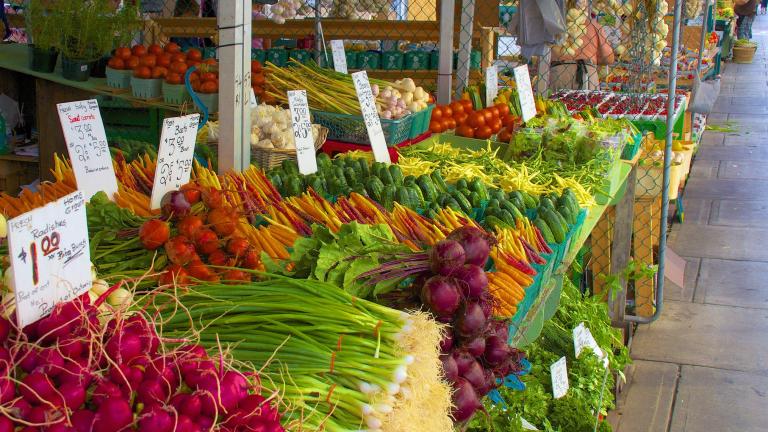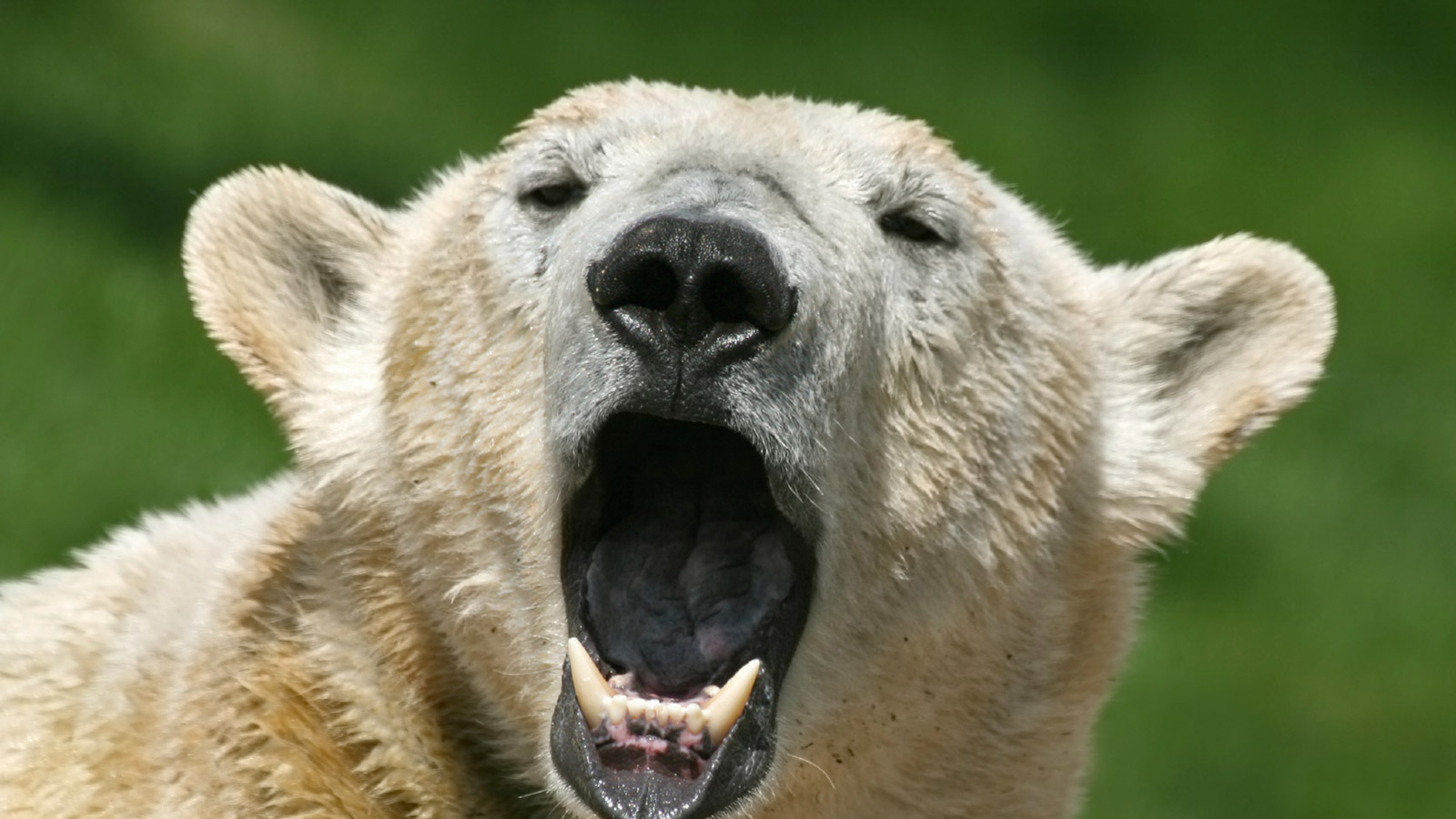The Polar Press, the leading polar bear paper, recently ran this uplifting headline: “Ice-starved polar bears find finless food far from flows.”
In related news, the Daily Caribou News Gazette, the paper of record for arctic ungulates, had this tragic headline: “Ice-starved polar bears find finless food far from flows. RUN!”
Also on arctic news stands this week, the Seal and Sea Lion Standard, the largest weekly news magazine amongst pinnipeds and similar semi-terrestrial sea mammals, led with: “Top 10 recipes for cooking caribou.” It was the most popular cover since last year’s fashion issue, headlined, “Gortex: Inuit. Sealskins: Outuit.”
Wise-cracking aside, it turns out receding ice may not spell doom for polar bears. Scientists have long thought that the bears spent the summer months living predominantly on fat reserves from the winter seal season, when they hunt on the sea ice. Linda Gormezano, an ecologist with the American Museum of Natural History, has presented new evidence showing polar bears are adapting successfully to longer summers on land by eating caribou, geese, and goose eggs.
Douglas Fischer, at the human news site, the Daily Climate, has more. (Fischer, incidentally, is capable of typing phrases like, “a closer look at bear scat,” without making any of the thousands of jokes bouncing off of the inside of my skull right now, which is why he’s a real science writer.)
“Unless you’ve been living under a rock the last few decades, you’re aware that Arctic Sea ice is melting, and that this is potentially bad news for polar bears,” [Gormezano] said, adding that until now, the prevailing belief has been that “energy from food on land is largely inconsequential.”
A closer look at bear scat and the sheer number of calories available to bears on land suggest a different picture: “There is enough food,” Gormezano said. “And they eat it.”
This news is huge. Previous studies had estimated the extended landlocked season could have meant a loss of 28 percent of the polar bear population. Climate change has already caused a massive reduction in arctic sea ice and, as a result, polar bears are spending about 3 more weeks on land each year than they did in the 1980s. At the speed arctic ice is disappearing, adult male bears could be spending half their year on land by 2050. Now we know that at least they can find food there.
Gormezano’s good news did come with a caveat, however. Polar bears are extremely skilled and, for lack of a better word, lazy seal hunters: The bears lounge on ice flows waiting to pounce on an unsuspecting seal. They may have to work harder to catch caribou and geese, however. If they expend more energy hunting than they take in with a kill, the news could still be bad for bears.
We humans have mastered the art/horror of obtaining massive volumes of calories while expending little to no physical energy, so perhaps we could give the bears a tip or two. Adult polar bears who’ve exhausted their fat stores need 4,500 calories a day to survive, which works out to about 10 delicious Fillet O’Fish sandwiches, a large order of fries, and a 16-ounce Coca Cola (which apparently already makes up a significant portion of their diets).
Of course, as bears wear neither shirts no shoes, they’ll need to use the drive-through, so they’ll probably need to get cars like the rest of us. On the flip side, I’m guessing caribou will be reducing their carbon footprint.
So possibly good news for polar bears. Sadly, things still look rough for another iconic species caught in the climate change-cross-hairs. How will these lovable critters look on a poster?




